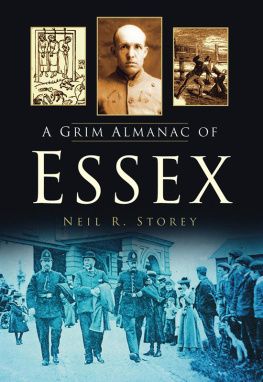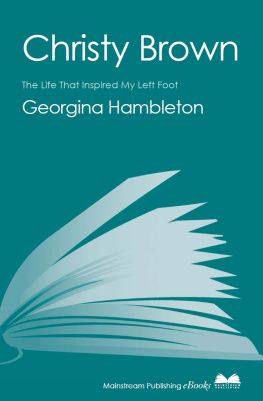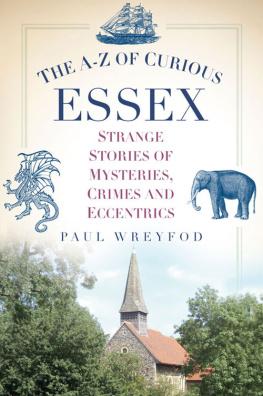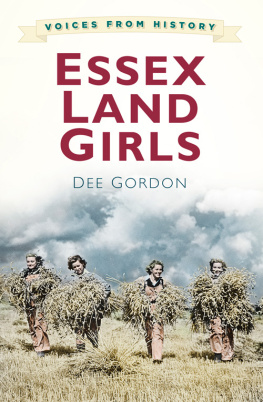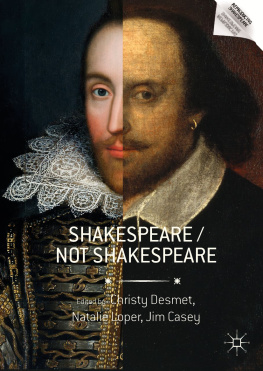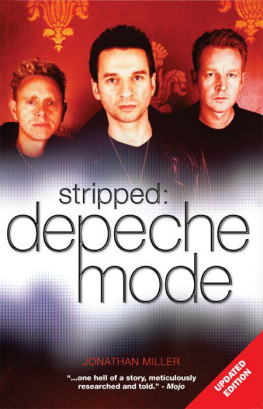PREFACE.
Prefaces to books [says a learned author] are like signs to public-houses. They are intended to give one an idea of the kind of entertainment to be found within.
A STUDENT of the ancient and peculiarly interesting Art of Heraldry can hardly fail, at an early period in his researches, to be struck with the idea that some connection obviously exists between the various charges, crests, badges, and supporters with which he is familiar, and the curious designs now to be seen upon the sign-boards of many of our roadside inns, and which were formerly displayed by most other houses of business.
On first noticing this relationship when commencing the study of Heraldry, somewhere about the year 1879, it occurred to me that the subject was well worth following up. It seemed to me that much interesting information would probably be brought to light by a careful examination of the numerous signs of my native county of Essex. Still more desirable did this appear when, after careful inquiry, I found that (so far as I was able to discover) no more than three systematic treatises upon the subject had ever been published. First and foremost among these stands Messrs. Larwood and Hottens History of Sign-boards,
On the Continent the literature of signs is much more voluminous. Among the chief works may be mentioned Mons. J. D. Blavignacs Histoire des Enseignes dHtelleries, dAuberges, et de Cabarets;
It should be pointed out here that, although in what follows a good deal has been said as to the age and past history of many of the best-known Essex inns, this is, strictly speaking, a treatise on Signs and Sign-boards only. The two subjects are, however, so closely connected that I have found it best to treat them as one.
There will, doubtless, be many who will say that much of what I have hereafter advanced is of too speculative a nature to be of real value. They will declare, too, that I have shown far too great a readiness to ascribe to an heraldic origin, signs which are at least as likely to have been derived from some other source. To these objections I may fairly reply that as, in most cases, no means now exist of discovering the precise mode of origination, centuries ago, of many of our modern signs, it is impossible to do much more than speculate as to their derivation; and the fact that it has been found possible to ascribe such large numbers to a probable heraldic origin affords, to my thinking, all the excuse that is needed for so many attempts having been made to show that others have been derived from the same source.
No one is more fully aware than I am of the incompleteness of my work. Many very interesting facts relating to Essex inns and their signs have unquestionably been omitted. But the search after all such facts is practically an endless one. If, for instance, I had been able to state the history of all the inns and their signs in every town and village in the county with the completeness with which (thanks to Mr. H. W. King) I have been enabled to treat those of Leigh, I should have swelled my book to encyclopdic dimensions, and should have had to ask for it a prohibitory price.
In a treatise involving such an immense amount of minute detail, it is impossible to avoid some errors. My hope is, however, that these are not many. I shall always be glad to have pointed out to me any oversights which may be detected, and I shall be not less glad at all times to receive any additional facts which my readers may be kind enough to send me.
I regret that it has been necessary to make use of some old heraldic terms which the general reader will probably not at first understand. This, however, was quite unavoidable. The meaning of these terms will be at once made clear on reference to the Glossary given at the end of the work, as an Appendix.
According to the list given in the last edition of the Essex Post Office Directory there are now existing in the county no less than one thousand, three hundred and fifty-five inns and public-houses. The signs of all these have been classified, arranged under various headings, and treated of in turn, together with a very large number of others which have existed in the county during the last two centuries and a half, but have now disappeared. Information as to these has been collected by means of a careful examination of the trade-tokens of the seventeenth century, old Essex Directories, early books and pamphlets relating to the county, old deeds and records, the early issues of the Chelmsford Chronicle (now the Essex County Chronicle), and other newspapers, &c., &c. Altogether it will be found I have been able to enumerate no less than 693 distinct signs as now or formerly occurring in Essex.
I am indebted to a large number of gentlemen who have most kindly assisted me by supplying me with information, suggestions, &c., during the eight years I have been gathering material for the present book. First and foremost among these I must mention Mr. H. W. King of Leigh, Hon. Secretary to the Essex Archological Society, who, as he says, knows the descent of nearly every house and plot of ground in the parish for two or three generations, and the name of every owner. Among other gentlemen to whom I am indebted in varying degrees, I may mention Mr. G. F. Beaumont, Mr. Fred. Chancellor, that veteran Essex archologist Mr. Joseph Clarke, F.S.A., Mr. Wm. Cole, F.E.S., Hon. Secretary of the Essex Field Club, Mr. Thos. B. Daniell, the Rev. H. L. Elliot, Mr. C. K. Probert, Mr. G. N. Maynard, Mr. H. Ecroyd Smith, and others, I have also to express my thanks to the following gentlemen, magistrates clerks to the various Petty Sessional Divisions of Essex, who have most kindly supplied me with lists of such beer-houses as have signs in their respective divisions:Messrs. A. J. Arthy (Rochford), Jos. Beaumont (Dengie), W. Bindon Blood (Witham), J. and J. T. Collin (Saffron Walden), G. Creed (Epping and Harlow), Augustus Cunnington (Freshwell and South Hinckford), W. W. Duffield (Chelmsford), H. S. Haynes (Havering), A. H. Hunt (Orsett), and Chas. Smith (Ongar). I have also to thank the Essex Archological Society for the use of the four blocks of the De Vere badges appearing on p. 70; the Essex Field Club for that of the Rose Inn, Peldon, on p. 118; Messrs. Chambers & Sons of 22, Wilson Street, Finsbury, for that of the Brewers Arms on p. 32; Messrs. Couchman & Co. of 14, Throgmorton Street, E.C., for that of the Drapers Arms on p. 40; and the Brewers, Drapers and Butchers Companies for kindly allowing me to insert cuts of their arms. To my cousin, Miss S. Christy, I am indebted for kindly drawing the illustrations appearing on pp. 87 and 140.
Portions of the Introduction and other parts of the book have already appeared in an altered form in



